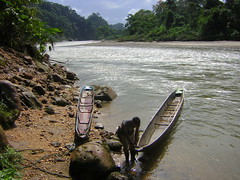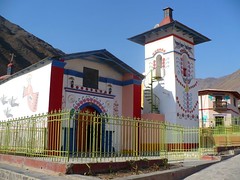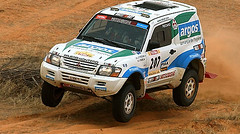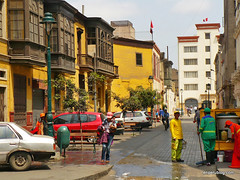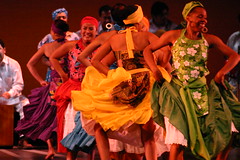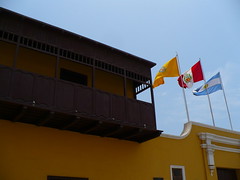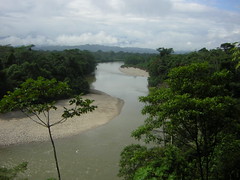Placed by Franciscan monks in 1672 in the small town of Magdalena Vieja, now Pueblo Libre, the Traveller’s Cross followed a tradition started by Conquistador Francisco Pizarro, a tradition that required the placement of a cross on the main routes to other parts of the country.
Category: "Travel and Places"
Inti Raymi
The Spanish had yet to arrive in Peru but there was such frantic activity throughout the empire in the week leading up to the 24th of June that it was obvious that something just as big was happening. In fact it happened every year and was very important – but thankfully well-rehearsed Inca rituals meant there was no real cause for alarm.
Qoyllur Rit’i
An event which attracts over 10,000 people each year, mostly local Quechua and Aymara people, Qoyllur Rit’i is a Catholic tradition wholly invented by the indigenous in the 18th Century. This religious experience, rather than being violently imposed on them from Europe, belongs completely to them and is gaining popularity among outsiders.
Peru’s Firefighters
With a reckless disregard for their own well-being and a commendable regard for the well-being of others, Peru’s firefighters are nothing short of heroes. And it’s not just their physical health they put at risk, it’s their financial health too – Peru’s bomberos are all unpaid volunteers.
Cruz del Condor
About 50km west of Chivay, Cruz de Condor is a lookout point over the Colca Canyon that is considered one of the best places to witness Condors in flight in their natural habitat.
The lookout, 1,200m above the canyon river, fills up with crowds each morning hoping that conditions are right for the condors to fly.
Chivay
The small town of Chivay is most people’s entry point into the Colca Canyon. It sits near the Colca Valley’s wider end, the mouth of the valley, and from here a small road travels a slow couple of kilometres to Cabanaconde via several other small villages.
Colca Canyon
Twice as deep as the Grand Canyon in the United States, the Colca Canyon in Arequipa is the second deepest in Peru and the Americas, second only to the Cotahuasi Canyon just a short distance away.
It’s difficult to measure the exact depth. Do you measure the deepest point or the average depth, how do you choose the deepest point, do you measure from the peaks that line the canyon, peaks that tower not only over the canyon but also over all the surrounding area?
Wong, superstar of supermarkets
I previously confessed my love of the Wong supermarket chain, and explained its history here, but this article in a British newspaper goes further to explain just how wonderful the service can be compared to the simple supermarkets you find elsewhere in the world.
Rocoto Relleno
Perhaps Arequipa’s signature entrée is the Rocoto Relleno. The rocoto is a chilli of Andean origin used for over 5000 years – one of the first to be domesticated. It looks very similar to a bell pepper but as one of the world’s spicier chillis, you can bet it doesn’t taste like one. In fact is is about 50 times spicier than a jalapeño.
Puente Bolognesi
Arequipa’s “Old Bridge” began life on the 11th of June in 1577, but it took until 1608 to be completed at a cost of 150,000 silver pesos. The city was in need of a way across the river Chili from the city’s center, and Spanish architect Juan de Aldaná oversaw the project during all this time.
The White City of Arequipa
As the Inca Mayta Capac passed with his soldiers through the valley in which modern Arequipa sits, some asked to stay behind. “Ari quepay”, he said. Yes, stay.
The Spanish, when they arrived in these lands, often pronounced local words badly and named their new city the Villa Hermosa de la Asunción del Valle de Arequipa. Only Arequipa stuck.
Cordillera de la Viuda
The Cordillera of the Widow may get its name from its black colour, or from a complex story passed down from pre-Hispanic and pre-Inca beliefs involving the death of creator-God Pachacamac (Pacha Kamaq), wife of mother-earth Pachamama.



